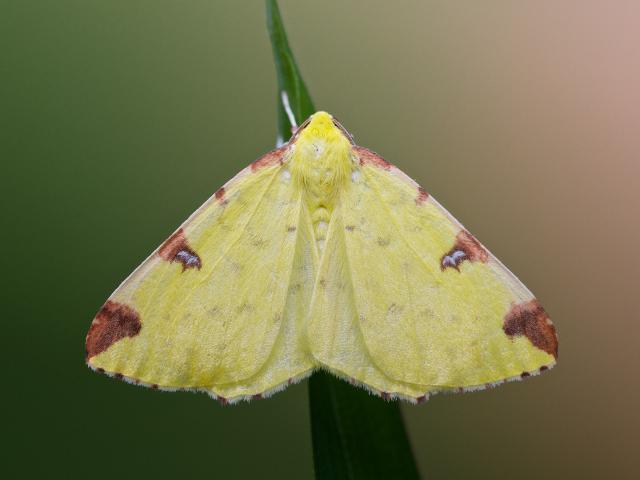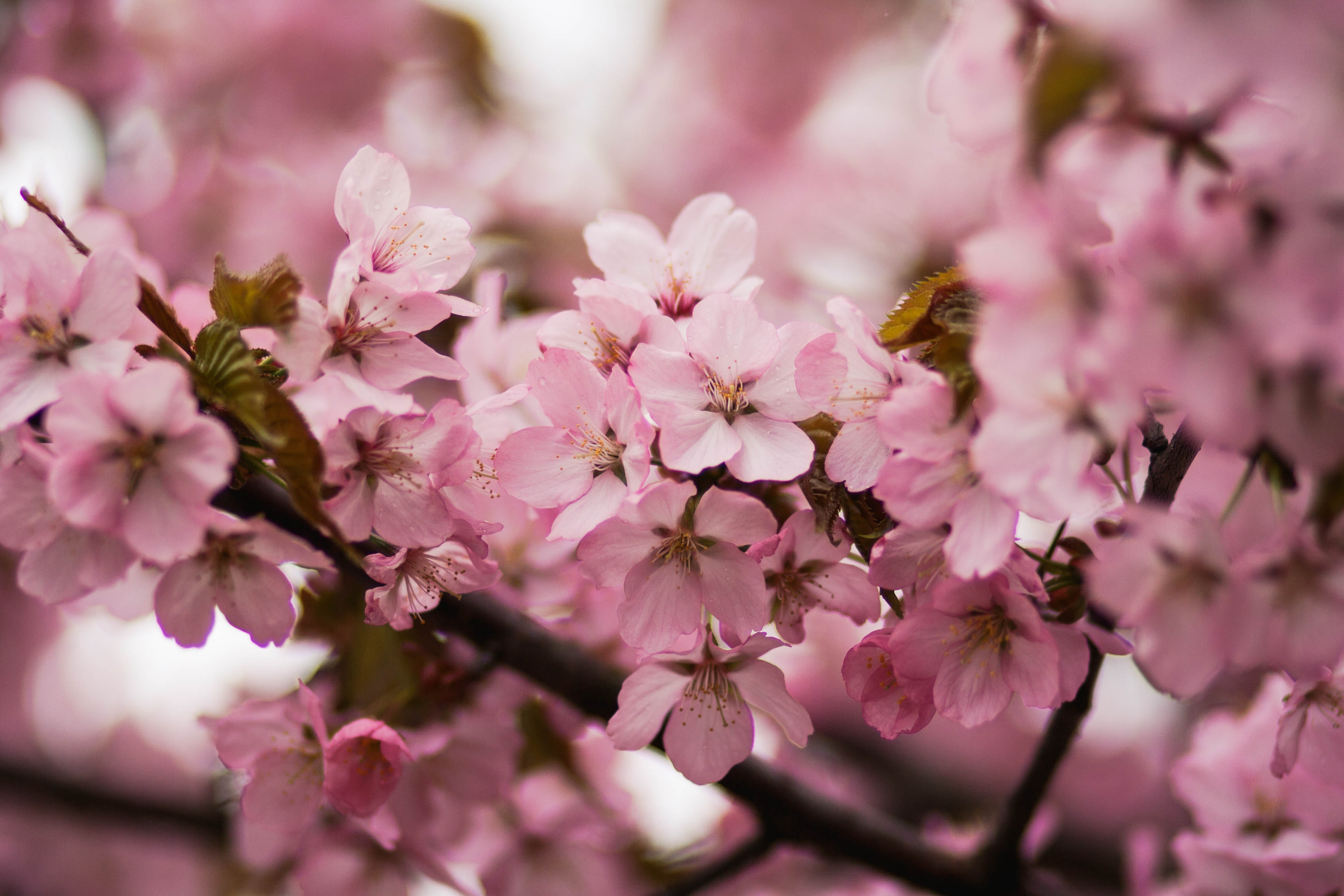Cherry blossom is an essential part of spring. The clouds of stunning pink and white flowers are seen as a metaphor for life – beautiful yet fleeting and ephemeral.
Some flowering cherries are well adapted to small gardens and after blossoming the trees will delight with lovely autumn foliage, fruits and often attractive bark. It is very helpful for wildlife if you include a cherry tree in your garden. The spring flowers will provide an early source of nectar for butterflies and moths as well as pollen for bees.
The recommended time for planting trees is from November to March, as long as the soil is not too frozen or wet. So you still have time to add some to your garden.
There are hundreds of cherry tree varieties – a few of them are wild but the large majority have been cultivated over the centuries for use in gardens and parks. Often these trees have originated in Japan, where there is a great passion for cherry blossom (‘sakura’) and it is the national flower.
One of the most widely planted of flowering cherries there is the Yoshino Cherry Prunus x yedoensis. The abundant pink-white blossoms appear from late March to mid-April on trees up to 12m tall. The trees are admired with the custom of ‘hanami’ (cherry blossom viewing) where people come together for picnic parties under the flower-laden trees. There is even a blossom forecast in the weather news, announcing where the cherry blossom will be at its best in different parts of the country as it gradually opens from south to north.
In the UK the native Wild Cherry Prunus avium has delicate white flowers in April followed by edible fruits. If you include it in your garden be aware that it can spread via seeds and also root suckers. The same is true of the Cherry Plum P. cerasifera which is one of the first species to flower in spring, with blossom often appearing in February.
The Fuji Cherry P. incisa is ideal for small gardens as it can be grown in a container and develops slowly to be a shrubby tree of 2m. It flowers in March to April with pale pink flowers in bud opening to white.

Closely related to the cherry (in the same genus Prunus) is Blackthorn P. spinosa. This spiny tree is often used in hedging. The white flowers appear before the leaves in March and April, followed by sloes in the autumn. The foliage is a foodplant for the caterpillars of many species of moths such as:
- Dotted Border - flight period Feb to Apr
- Brimstone Moth - flight period Apr to Oct.
- Green Pug - flight period Jun to early Aug.
- Lackey - flight period Jul to Aug.
These few examples show that by planting one tree you can support moths throughout the year. Many moth species that feed on Blackthorn could potentially feed on ornamental cherries too.
I hope you enjoy the blossom and celebrate spring with the butterflies and moths at your own hanami party.
Happy Gardening!
The Secret Gardener


